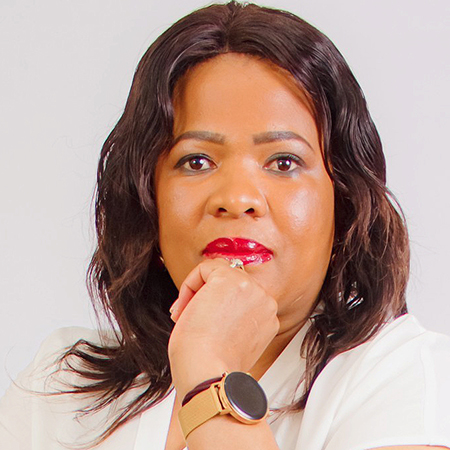The Central University of Technology, CUT, a higher education institution based in South Africa’s Free State province, has successfully rolled out phase one of its three-year network and Wi-Fi infrastructure upgrade, an important step in the university’s digital transformation journey. The project is being completed in partnership with Datacentrix, a hybrid ICT systems integrator and managed services provider.
“Datacentrix’s strong footprint in education, which extends to the support of several local universities, and our excellent vendor certification levels, as Aruba Platinum Partner with ClearPass Policy Management competencies and the 2022 winner of the Aruba Partner Deal of the year award, were critical in our appointment to provide the procurement, configuration and installation of Wi-Fi equipment for a period of three years at both the Welkom and Bloemfontein campuses of the university, as were our Level One Broad-based Black Economic Empowerment certification and competitive pricing,” adds Henry Denner, Datacentrix Account Manager: Commercial.

Says Busi Matube, CUT’s ICT Director and Chief Digital Officer: “The driving force behind this infrastructure upgrade is our digital transformation strategy, with the aim of improving our connectivity efficiencies and speed, and our use of 4IR technologies. This will allow us to better leverage the Internet of Things, IoT for other projects we have in place, such as smart buildings, smart bins, a virtual reality environment for our engineering students, and more, located in different areas.”
Prior to this implementation, she explains, CUT’s infrastructure was failing to meet the needs of both students and staff, with connectivity issues becoming a sore point for the university. In fact, according to Lucky Matjelo, Deputy Director: ICT Infrastructure Services at CUT, the university’s Wi-Fi, which was set up in 2009 as its secondary mode of connectivity after the LAN, had actually become the primary connection point for these users. “Over this time, technology has changed and advanced, and the existing solution, which was not scaled for high volume connectivity, was under increasing pressure,” he comments. “With around 22,000 staff and students on campus, each with a minimum of two devices apiece and expectations of being able to connect wirelessly around the campus, connection speed had increasingly become an issue for us, and end-of-life infrastructure needed to be replaced.”



